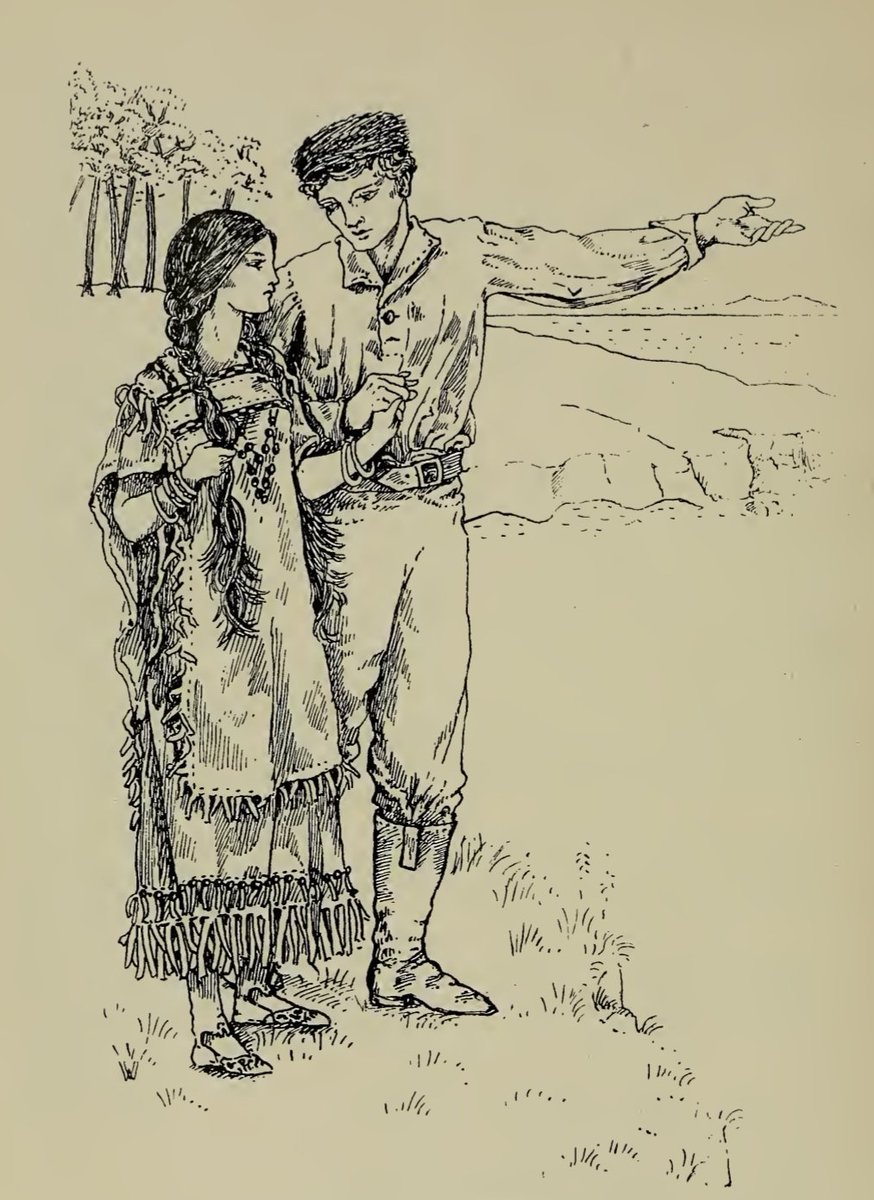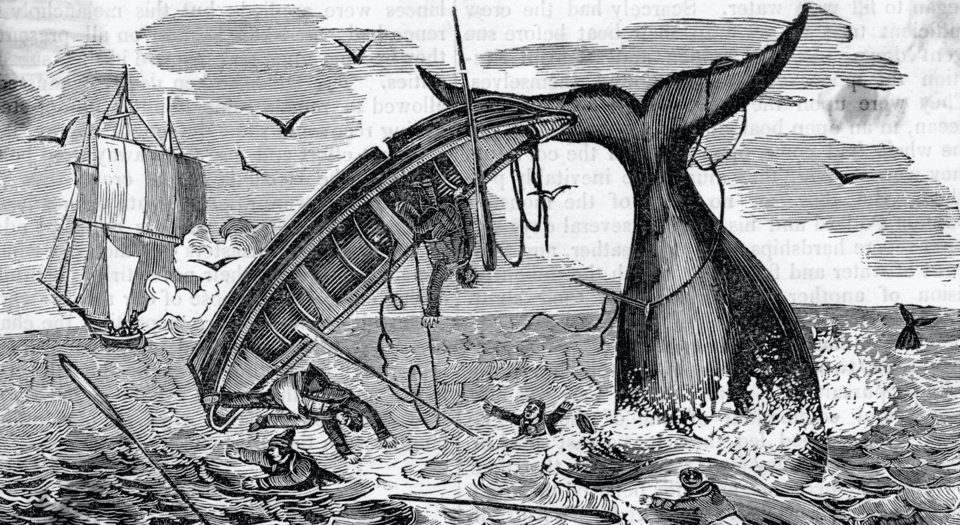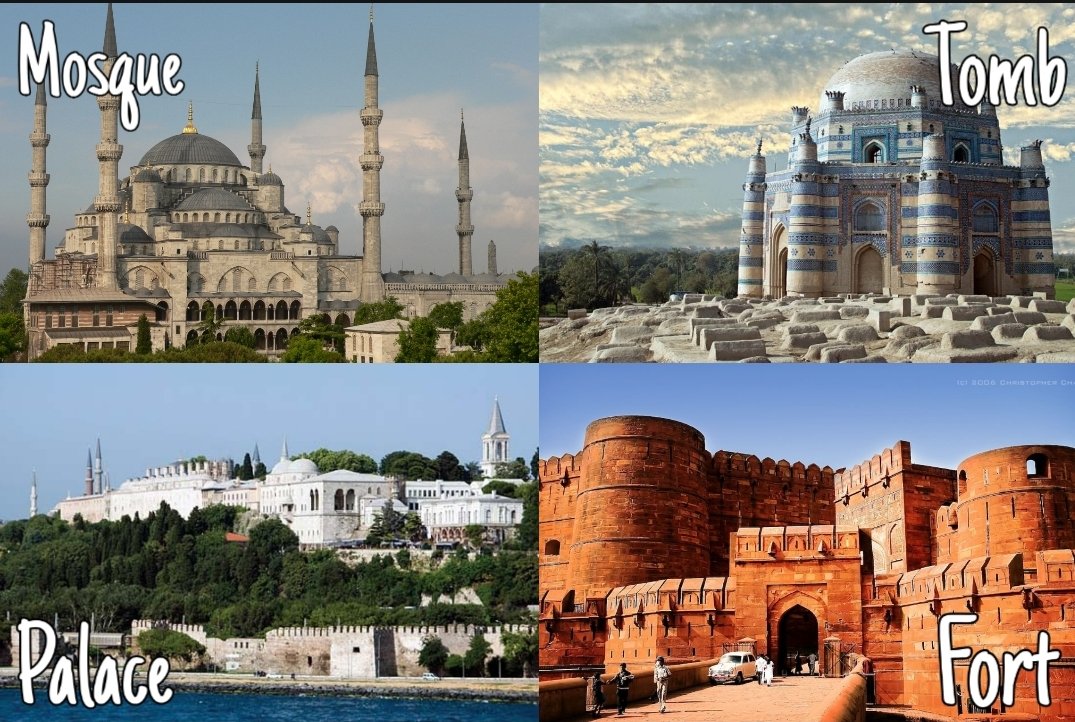
Time for a thread on sea shanties! Were you one of the many people who got into sea shanties during covid (or before!)? Or are you unknowledgable about them but want to learn more? This thread will talk about their origins & characterization & give categorization & examples 1/ 

Sea shanties (or chanteys) are a type of maritime work song which were sung while accompanying rhythmic manual labor aboard a ship. They were usually sung without instrumental accompaniment & had a fluid form allowing singers to adjust the length & content of the songs. 2/ 

Call & response was the quintessential form of sea shanties, with them being led by a soloist, called a shantyman, with the other sailors acting as a chorus. These songs were sang in work settings rather than leisure, but they often drew from music sailors enjoyed for leisure. 3/ 

Sea shanties are primarily in the English language, however they did exist in other parts of Europe. English sea shanties were often translated into other languages. The 19th century is considered the "golden age" of shanties. 4/ 

Sea shanties were always sung aboard a ship as it was originally believed to be bad luck to sing them on land. Sea shanties also served as an outlet for sailors to expressed opinions that may have otherwise not been allowed. 5/ 

Sea shanties are distinct from sea songs, which were songs sailors sang for leisure. Sea shanties also have various subgenres which were used for different purposes on board ships. In common usage the term "sea shanty" has been used to encompass a wide range of maritime songs. 6/ 

Sea shanty types are grouped into two forms: hauling shanties for work involving pulling, and heaving shanties for work involving pushing. Hauling shanties are further grouped as follows: 7/ 

Long haul/drag halyard shanties were for hoisting topsails and other types of heavy labor. They typically have a one line call and response format. The crew would use the one line verse to rest before they hauled during the chorus. 8/ 

A quintessential example of a long haul shanty is "Blow the Man Down." This song refers to a mishap were a strong gust of wind would catch a topsail & partially capsize the (man-of-war) ship. It was of indefinite length & customized by the soloist. 9/
Short haul shanties were sang for shorter tasks such as hoisting lighter sails, and they tended to be more fast paced. While sometimes with the same format of long haul shanties, there would be more pulls in the one line chorus than in long haul shanties. 10/ 

"Haul Away Joe" is a good example of a short haul shanty. This shanty was mainly used for tightening the sheet. The verses can be easily improvised and added on by the soloist. 11/
Furling shanties are a specific type of shanty used for furling the sail aloft. This required a unified effort of several people. The syllable at the end of each line was the cue to haul. 12/ 

An example of a furling shanty is "Paddy Doyle" which was specifically used for bunting up a sail. Paddy Doyle was a Liverpool-Irish boarding master. 13/ 

Sweating up and hand-over-hand are used for setting staysails and smaller square sails high aloft. Most halyard shanteys work for this task, but there are also specific shanties associated with this type. 14/ 

The famous shanty "Early in the Morning" or "Drunken Sailor" is classified under this type. It was one of the first to be published, & involved lots of improvisation as it could be done round robin style with everyone thinking of different punishments. 15/
Heaving shanties, for work involving pushing can be divided as follows: 16/
Capstan shanties are a type of shanty used specifically for raising & lowering the anchor, which required heaving against something known as a capstan. They have four lines & a full chorus. The tempo would change, starting fast & getting slower as the ship neared the anchor. 17/ 

Capstan shanties often have longer solos and choruses due to the constant steady work of pushing the capstan, so many of them are ballad-like and tell a story. 18/ 

"Away, Rio" or "Rio Grande" is a capstan shanty. The melody is actually from Cameroon (in West Africa) and it refers to the Rio Grande de la Plata in South America. 19/
Another capstan shanty is "Shenandoah" which is a sea shanty originating in North America that refers to the Oneida Iroquois chief John Skenandoa. It is believed that this song originated with French Canadian traders. 20/ 

Windlass shanties are another type of shanty sung while raising and lowering the anchor, but with another (newer) device called a brake windlass. Many capstan shanties were recycled for this, but it also gave rise to its own subgenre of shanties that are more staccato. 21/ 

An example of a windlass shanty is "Banks of the Sacramento" which arose during the gold rush era and is a nautical version of the song "Camptown Races." 22/
Pumping shanties were sang while pumping out water from the bottom of the ship. This was difficult and exhausting work, so these songs were often long and ballad-like. This subgenre also contained the most explicit and lewd shanties in a sailor's repertoire. 23/ 

One pumping shanty is "Leave Her Johnny." It was reserved for the last time the ship was pumped before the sailors went ashore. Sailors could express their honest opinions on work on the ship without fear since they were leaving 24/
A final categorization that doesn't fit into the other categories is whaling shanties. Being a whaler was a grueling job and the lives of whalers were generally not very long or fun. Therefore, whaling shanties developed to motivate whalers and keep them going. 25/ 

One example of a whaling shanty is "The Bonny Ship the Diamond." It is a ballad which tells the tale of a whaling ship bound for Greenland. 26/ 

Another whaling shanty is "Come All Ye Tonguers" which tells of the plight of whalers including how, among other things, they were paid in items like sugar and rum rather than money. 27/
I hope you enjoyed this thread! I will now leave you with some links for further reading and listening.
Playlist of songs in this thread: youtube.com/playlist?list=…
Songs of the Water Ways (about broader maritime music) folkways.si.edu/songs-water-wa…. 28/
Playlist of songs in this thread: youtube.com/playlist?list=…
Songs of the Water Ways (about broader maritime music) folkways.si.edu/songs-water-wa…. 28/
About Sea Shanties marinersaway.org.uk/html/about_sha…
A Deep Dive Into Sea Shanties blogs.loc.gov/folklife/2021/…
Glossary of Chanteys pdf (includes some categorizations that are better classified as sea songs) folkways-media.si.edu/docs/folkways/…
29/
A Deep Dive Into Sea Shanties blogs.loc.gov/folklife/2021/…
Glossary of Chanteys pdf (includes some categorizations that are better classified as sea songs) folkways-media.si.edu/docs/folkways/…
29/
Sea Songs: Ships and Shanties pdf (book of songs) google.com/url?sa=t&sourc…
Sea Chanteys and Sailor Songs: An Introduction for Singers and Performers and a Guide for Teachers and Group leaders google.com/url?sa=t&sourc…
30/
Sea Chanteys and Sailor Songs: An Introduction for Singers and Performers and a Guide for Teachers and Group leaders google.com/url?sa=t&sourc…
30/
Classic Maritime Music from Smithsonian Folkways (Spotify album, general maritime music) open.spotify.com/album/5Azmv0kf…
Liner notes for above album pdf folkways-media.si.edu/liner_notes/sm… 31/31
Liner notes for above album pdf folkways-media.si.edu/liner_notes/sm… 31/31
@threadreaderapp pls unroll
• • •
Missing some Tweet in this thread? You can try to
force a refresh













